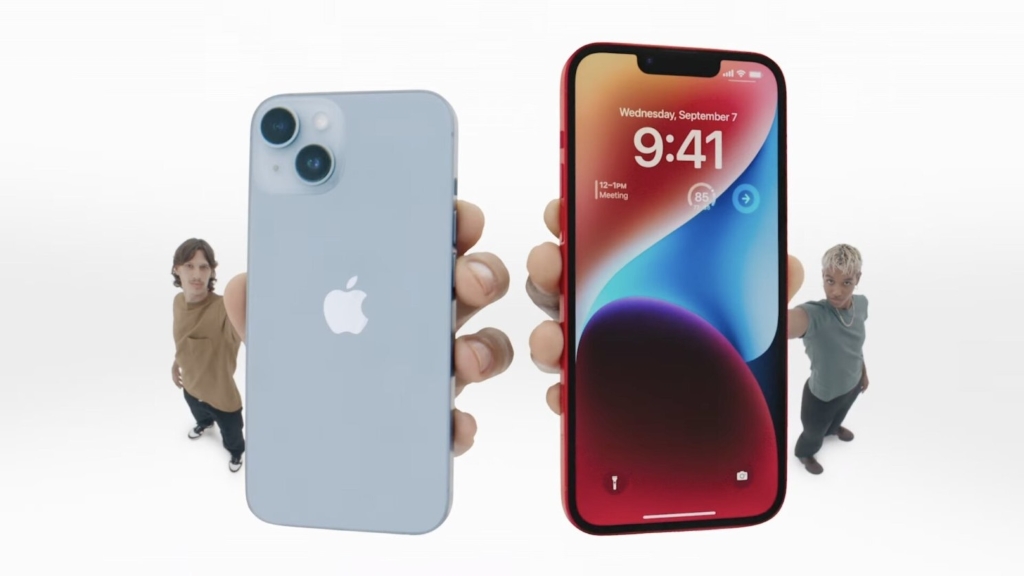Direct-to-Mind Advertising: Unlocking the Power of Subconscious Influence

With advertisements flooding every platform, capturing attention has become a necessity rather than a luxury. Direct-to-Mind Advertising (DTM) emerges as a groundbreaking strategy that shapes decision-making by embedding messages directly into the subconscious. Unlike conventional methods that rely on conscious reasoning, DTM taps into the instinctual preferences of the human mind, leaving a deep and enduring impact.
The Science Behind Direct-to-Mind Advertising
The subconscious mind processes information far faster than the conscious mind. Research suggests that 95% of our purchasing decisions are subconscious, driven by deep-seated emotions, memories, and instincts. Techniques like color psychology, auditory cues, and sensory triggers in DTM ads bypass the logical brain, directly engaging the emotional and instinctual centers.
One famous study by Antonio Damasio, a neuroscientist, revealed that emotions are integral to decision-making. By aligning advertisements with subconscious triggers like nostalgia, fear, or desire, brands can forge an immediate and often subconscious connection with consumers.
Tapping Into Instinctual Preferences: Examples in Action
1. Coca-Cola’s Universal Appeal Through Sensory Triggers
Coca-Cola has mastered the art of sensory advertising. From the unmistakable sound of a bottle cap opening to the visual of condensation on a chilled glass, the brand taps into universal instincts—thirst and satisfaction. The bright red packaging, associated with energy and urgency, subconsciously triggers attention and desire, ensuring the brand remains top-of-mind.

2. Apple’s Minimalist Advertising
Apple’s advertising resonates deeply with the subconscious through simplicity and aspiration. The brand leverages white spaces and clean visuals, symbolizing sophistication and clarity. Subtle messaging focuses on how Apple products make users feel—creative, empowered, and unique. This psychological association directly influences buying decisions.

3. Nike: Emotional Resonance Through Empowerment
Nike's "Just Do It" campaigns bypass logic and dive into the primal desire for achievement and self-actualization. By featuring relatable struggles and triumphs, Nike creates an emotional narrative that lingers in the subconscious, compelling consumers to associate the brand with personal growth and success.

Techniques That Drive Subconscious Influence
1. Color Psychology
Colors evoke specific emotions and behaviors. For instance:
Blue: Trust and reliability (used by Facebook and LinkedIn).
Red: Urgency and passion (used by Coca-Cola and YouTube).
Green: Health and tranquility (used by Whole Foods and Starbucks).
By strategically using colors, brands can align their message with subconscious triggers.
2. Subliminal Messaging
>Subliminal messages are brief, often imperceptible cues that influence behavior. A study by University College London showed that people were 23% more likely to choose a brand when exposed to positive subliminal cues, even if they didn’t consciously recall seeing the advertisement.
3. Storytelling
Humans are wired to respond to stories. A well-crafted narrative activates multiple areas of the brain, enhancing memory retention. Procter & Gamble’s “Thank You, Mom” campaign during the Olympics emotionally resonated with millions, reinforcing the brand’s values without overtly selling products.

4. Priming
This technique involves exposing individuals to a stimulus that influences their subsequent behavior. For example, a store playing calming music can prime shoppers to spend more time browsing, increasing the likelihood of purchases.
5. Mirror Neurons and Relatability
When people see someone using a product in an ad, their mirror neurons activate, making them feel as though they are experiencing the same action. Ads featuring relatable scenarios—such as a family enjoying a meal—tap into this phenomenon, fostering a subconscious connection.
Ethical Considerations
While DTM advertising offers immense potential, it raises ethical concerns. Critics argue that manipulating the subconscious could lead to consumer exploitation. Transparency and a focus on enhancing consumer well-being are vital for ensuring the ethical application of these techniques.
For instance, Patagonia’s “Don’t Buy This Jacket” campaign leveraged reverse psychology to encourage sustainable purchasing. By appealing to consumers’ ethical instincts, the brand achieved record sales while promoting a meaningful cause—proving that DTM advertising can align profitability with purpose.

Future of Direct-to-Mind Advertising
With advancements in artificial intelligence and neuroscience, the future of DTM advertising is promising. Technologies like brain-computer interfaces (BCIs) and real-time emotion analysis are paving the way for hyper-personalized ads that adapt to individual subconscious cues.
For example, Spotify already uses AI to curate playlists based on user preferences, subtly shaping moods and behaviors. Imagine this technology integrated into advertisements that resonate not just with consumer preferences but with their real-time emotional states.
Conclusion
Direct-to-Mind Advertising is a transformative approach that capitalizes on the power of the subconscious. By tapping into instinctual preferences through sensory triggers, storytelling, and emotional resonance, brands can influence decision-making in profound ways. However, the ethical implications demand a balanced approach that prioritizes consumer well-being.
As technology evolves, DTM advertising will become even more sophisticated, enabling brands to create deeper, more meaningful connections. The question is no longer whether brands can tap into the subconscious—it’s how responsibly they will do so.
- What do a well-balanced diet and a well-balanced content strategy have in common?
- Stories are the future of digital marketing
- Organic Content Marketing – A powerful tool to reckon with
- Content is King, but distribution rules the land. Are you invested in it?
- Three Content Marketing Predictions For 2018
- 3 Ways Chatbots Are Revolutionizing Customer Experience In Content Marketing
- 3 ways to balance promotional content with useful information to win the content game
- Organic Content Marketing – A powerful tool to reckon with
- What do a well-balanced diet and a well-balanced content strategy have in common?
- Mirror on the wall who is the real thought leader among all
- Do you have your CEO’s vote for your thought leadership campaign yet
- Pretty pictures and messages not enought to creat a brand anymore
- 5 reasons why you need Thought Leadership
- 3 reasons why organisations should drive reputation management through thought leadership
- Create Result-oriented Content Now
- Tips to Keep the Content Strategy for the Technology Industry Audience
- 5 ways Corporate Blogging helps you stay ahead!